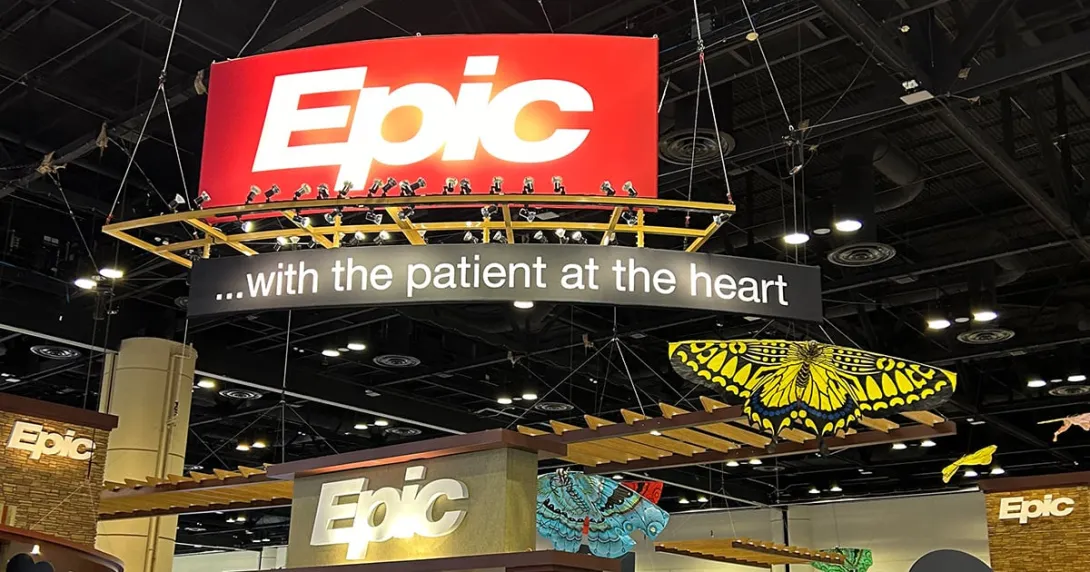Medicare could save up to $18 billion over the next decade by implementing a radiology benefit management program, according to MedSolutions, which provides cost management of medical services for healthcare payers.
“According to the American Journal of Radiology, up to 36 percent of imaging tests may be medically unnecessary,” said Curt Thorne, the company's president and CEO. “RBMs use evidence-based guidelines to help ensure that patients get the right test first. As a result, we prevent wasteful – and potentially harmful – overutilization that translates to billions in unnecessary expenditures.”
The report indicates that overall savings precipitated by RBMs are much larger than the predicted figure of $260 million offered by the Obama administration’s 2010 budget proposal.
With Medicare spending growing at high rate, Thorne says a more focused look into diagnostic imaging spending is needed. The Government Accountability Office reported in June 2008 that annual Medicare spending on diagnostic imaging technology had topped $14 billion from 2000 to 2006.
In the same period of time, the overall cost of imaging solutions shot up at an annual rate of 17 percent, making the adoption of solutions like CT, MRI and PET scans more taxing on the Medicare program.
According to MedSolutions, RBMs have the potential to reduce the amount of Medicare funds spent on advanced imaging solutions. The savings estimated by the report are between $470 million and $720 million in just the first year. Over a 10-year period, the study estimates savings would reach $11.6 billion to $18 billion.
“Medicare has a long history of successfully partnering with the private sector to implement best practices that improve efficiency while maintaining quality of care,” said Thorne. “Management of high-tech imaging is clearly an area where Medicare can improve its business practices. In fact, the original Social Security legislation authorizing the Medicare Program called for Medicare to emulate the private insurance practices of the day.”
“Today, 90 percent of commercial insurers, including many of those covering Congress and federal employees, use an RBM to improve the quality and cost effectiveness of imaging services provided to members," he said. "Partnering with an experienced RBM provider to control advanced imaging expenditures would save Medicare billions in the coming years.”
The study used a methodology that considers the cost of implementing a program, its premium offsets and the deduction of beneficiary co-payments. The report also introduces additional conservative assumptions, as well as considering potential differences between Medicare and commercial settings, and the possibilities of a reduced growth rate of Medicare spending on imaging services.
These figures were projected using data provided by commercial payers who have implemented RBM solutions to predict Medicare savings.

